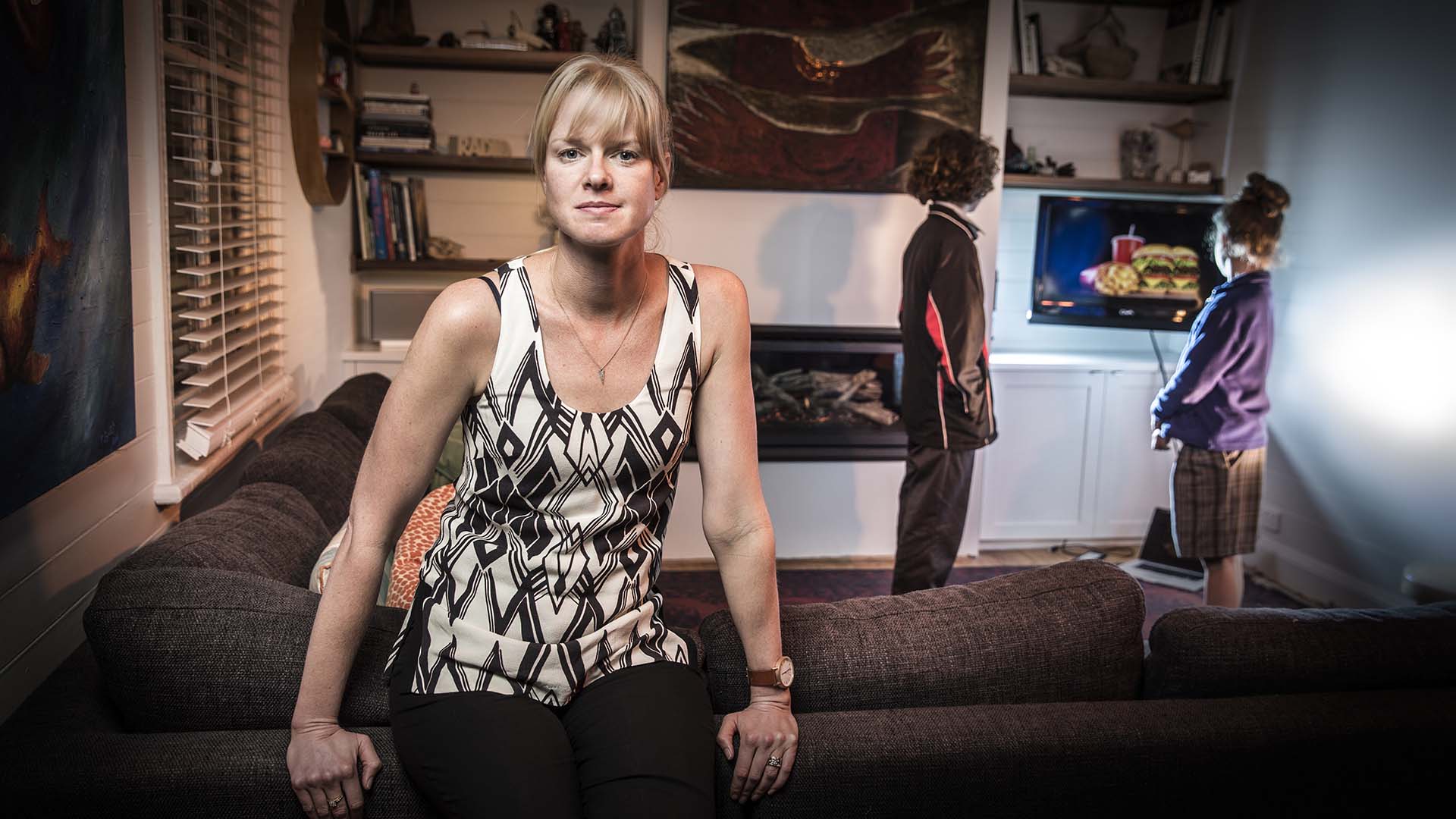Children exposed to almost 100 unhealthy food promotions on their mobiles each week

For every hour that a child spends online on their phone, they viewed more than 17 food and drink promotions, a figure that is almost nine times higher than their exposure to marketing via television advertising, according to new research from the University of Wollongong.
Over a week, children were exposed to an average of 168 online food and drink promotions, contrasted with an average of 19 a week when watching television.
Associate Professor Bridget Kelly, the lead researcher on the study, said that adolescents are being exposed to extensive marketing for unhealthy foods while using social media.
Food and drink producers are promoting their products to young audiences through online social networks, with brands seemingly endorsed by peers or online communities, Professor Kelly said.
“When food and drinks are marketed on social media, via social media communities or online influencers, it comes with the assumption that the products are endorsed by peers and online communities. Brands tap into these pages’ networks of online followers and social cache, heightening the marketing effects,” she said.
“This marketing normalises unhealthy foods, creates positive brand images, and encourages overconsumption.”
The study surveyed nearly 100 children, aged between 13-17, on their exposure to food and beverage marketing while using their mobile devices across a three-day period. The participants had accounts on social media platforms, such as Instagram, Facebook, Snapchat and YouTube.
Professor Kelly, who is based in UOW’s School of Health and Society, said food and drinks that are marketed online are almost exclusively high in salt, fat, and sugar.
“The rate of promotions for unhealthy foods and beverages was 50 times higher than the rate of promotions for healthier products.”
Professor Kelly said government policy had failed to keep pace with the rapid developments in the digital world. The immense use of data analytics meant that advertisers were now able to target children using personal data, in a way that is much more insidious than traditional advertising.
In particular, Instagram, Facebook and Snapchat had the highest rates of food marketing, which Professor Kelly said presented an opportunity for those platforms to self-regulate to protect children from unhealthy promotions.
“The digital world is outstripping current legislation and policy to protect young people from inappropriate marketing,” Professor Kelly said.
“Policies needs to protect children from unhealthy food marketing through paid advertising and paid content in posts generated through online communities, influencers and celebrities.”
ABOUT THE RESEARCH
‘Social online marketing engagement (SoMe) study of food and drink brands: Real time measurement of Australian children’ by Bridget Kelly, Rebecca Bosward and Becky Freeman was published 13 July 2021 in the Journal of Medical Internet Research (doi:10.2196/28144).
The research was funded by an Australian Research Council and the Australian National Preventive Health Agency.








